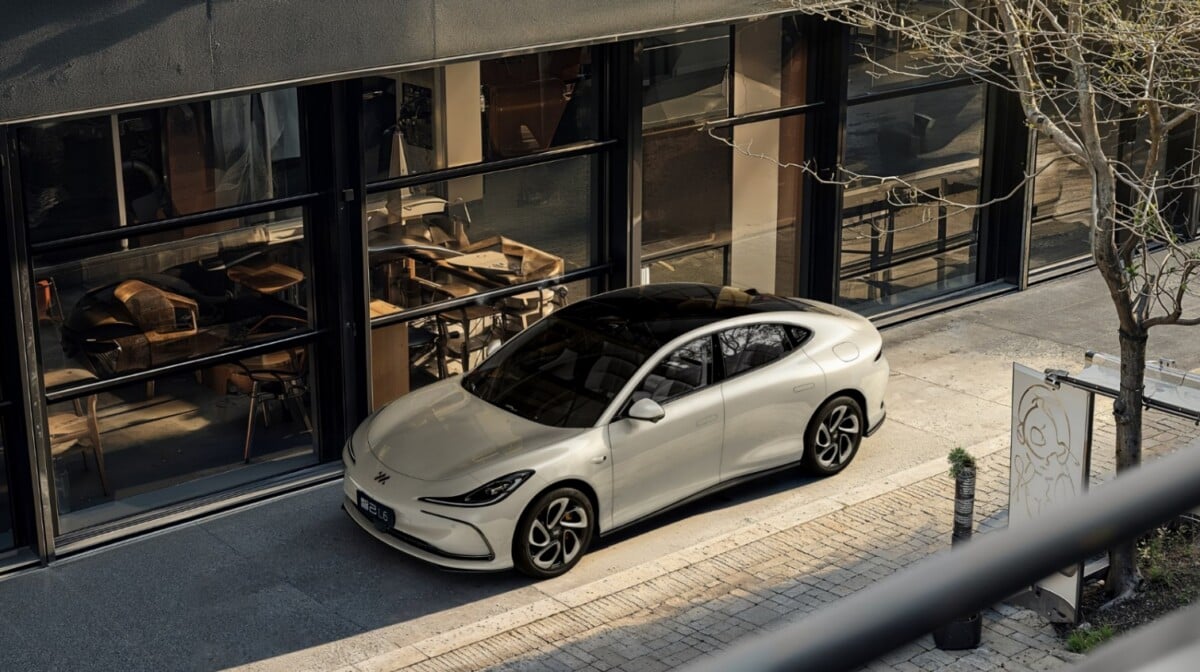As we know, many manufacturers are working on solid-state batteries today. Cheaper to produce and having a higher density than our current batteries, they seem to be the future of the electric car. But CATL, the world leader in batteries, has some reservations.
We talk to you about the solid-state battery very regularly at Survoltés, particularly because the news around this technology is quite active. Overall, everyone agrees to say, for various reasons which we will explain a little below, that this is the future of the battery for electric cars.
But for the first time, a battery manufacturer, and not the least important one, since it is the number one battery manufacturer in the world, expresses some reservations concerning this solution which would be “a little too sharp”.
What is a solid-state battery?
We are not going to go over the entire process of solid-state batteries for you in this article, we have put together a special file for you, but in broad terms, know that solid-state batteries, or semi-conductor batteries, are a technology which offers many advantages, starting with more autonomy for a capacity similar to a lithium battery, a lifespan which can exceed 15 years, but also greatly improved recharge times.
Certain solid-state batteries can in fact be recharged to 80% in just a few minutes, which drastically reduces the time spent stopping at a charging station during long journeys. Solid-state batteries also have an environmental advantage, since they contain fewer heavy metals and limit the risk of fire.
Why does CATL have reservations?
The first car to be marketed with a solid battery is the IM L6, the sedan of the new brand of the Chinese group SAIC. The version which is equipped with it promises 1,000 km of autonomy according to the Chinese CATL approval cycle, therefore around 800 km according to the more severe European WLTP cycle. Good news, this sedan should arrive next year in Europe. However, we do not know with certainty whether it is indeed a 100% solid battery, or only semi-solid, as for the Nio ET7.

But for CATL, which supplies more than a third of the current automotive market for batteries, the solid-state battery is not as viable as hoped, while remaining cautious about what the company advances. CATL CEO Robin Zeng announced “fully support solid-state batteries”but he also explained that there are still “significant challenges”. “I observe the development people working on the solid-state battery. So I am aware of all the progress made. And one way or another, we still have obstacles to overcome.”
And among the main ones, there is the consequence of the use of new chemistries, which impose several rules, one of which is to keep the batteries under pressure. But this implies greater degradation during rapid charging. Therefore, the capacities of these batteries could degrade faster than our current batteries.
And in terms of safety, it wouldn’t be that either, since CATL would be faced with a major problem: in the event of a fault in the battery protection, the lithium would react with the oxygen, which would release carbon hydroxide. lithium, a very dangerous and corrosive mixture. It is a very caustic alkali, for mucous membranes and skin.
The solid-state battery could, however, arrive on the mass market from the end of the decade.
